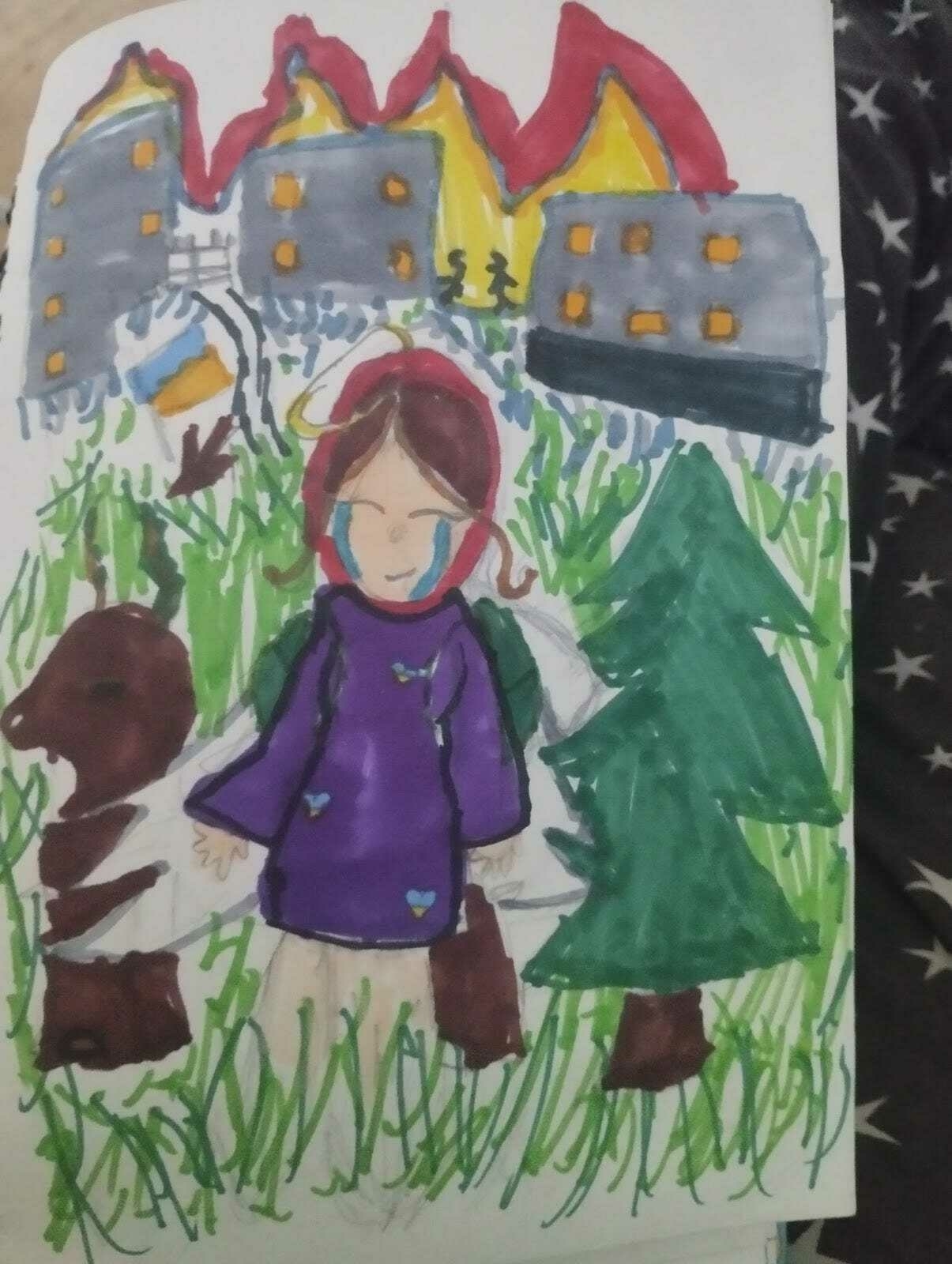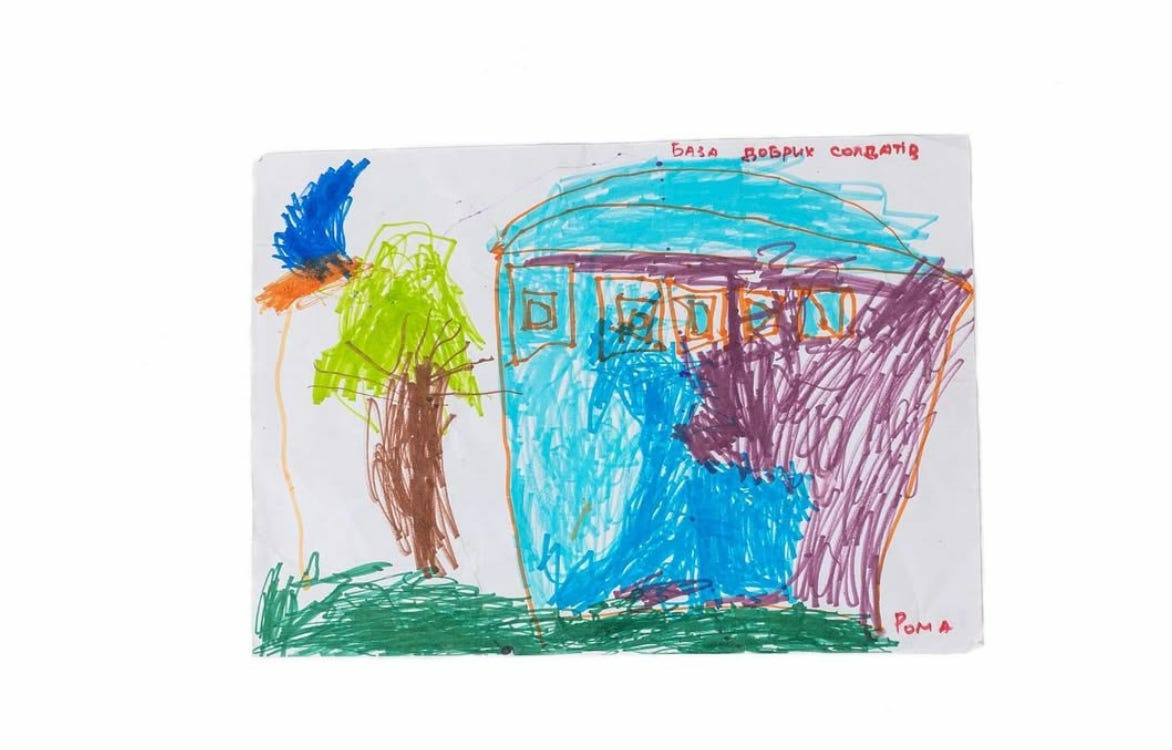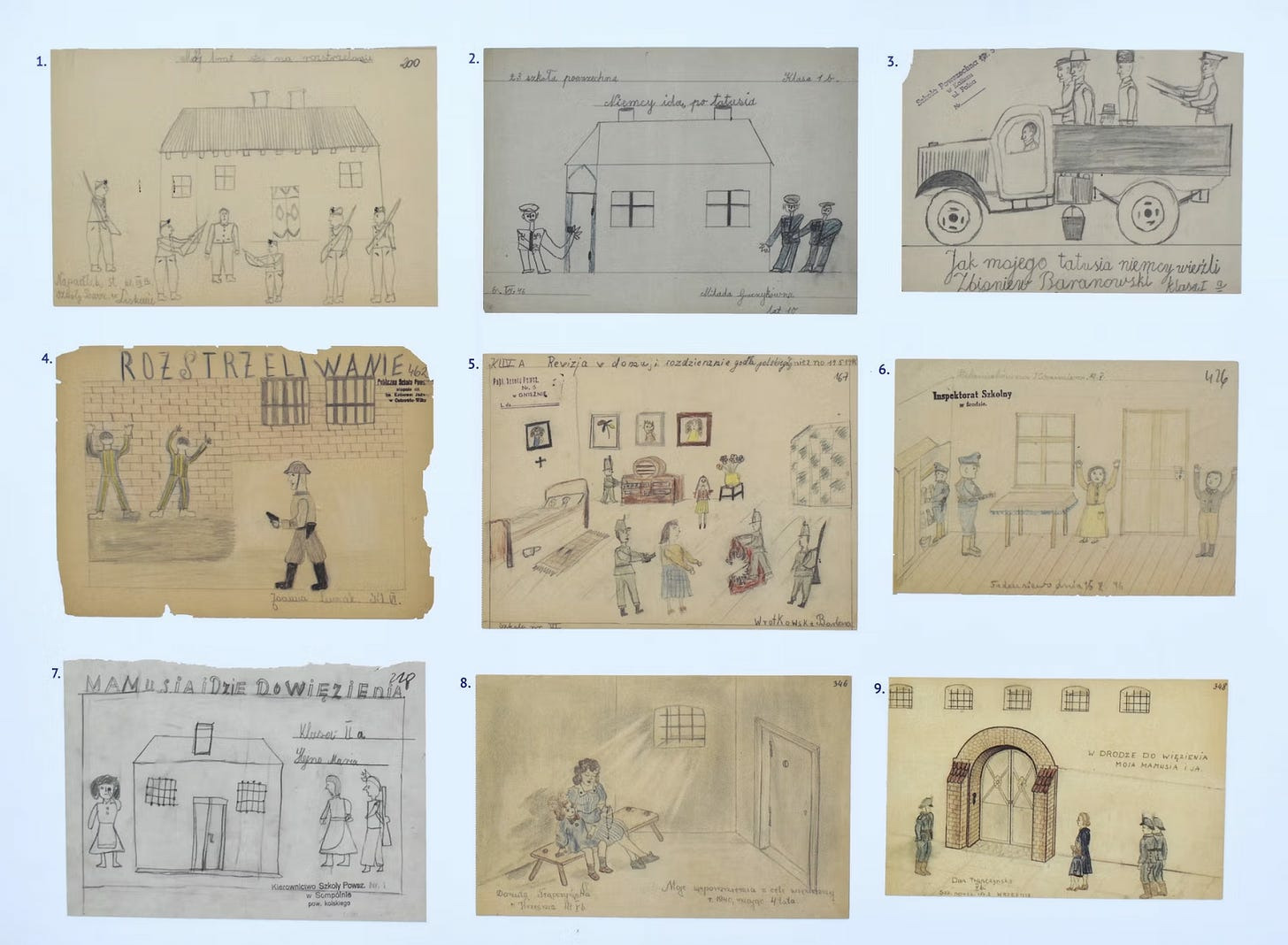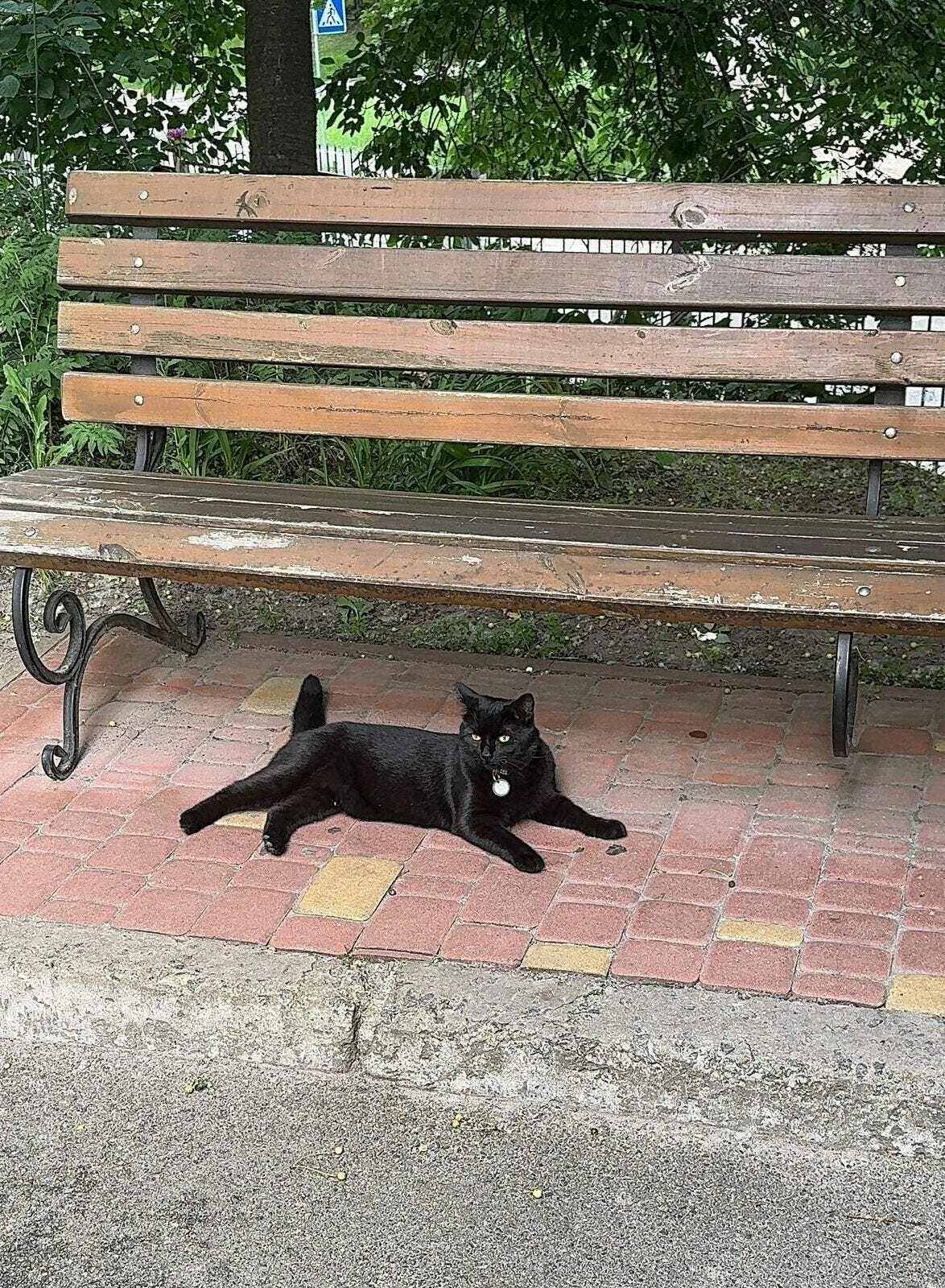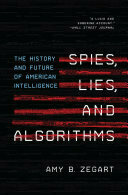Editor’s Note:
Unicef reports that as of Feb. 2025, more than 2,500 children have been killed or injured by the war. Millions more have experienced violence, displacement, or the loss of family members.
We write stories which you find on no other news publications.
Please support us as we continue to do this work. May and June are our toughest months.
Yaroslava’s tiny cat could have been drawn by any little girl around the world.
But looming over the cat, a tank with a familiar blue and yellow flag shows that the young artist is from Ukraine.
As the war progressed, Yaroslava sketched what words couldn’t express. As the years have passed, her drawings are still a silent conversation about her fears and dreams.
It's an outlet for Yaroslava, a way to find peace at a time when everything around her is unstable, her mother says.
The drawings children create during the war are more than just art. They express emotions that cannot always be put into words: fear, anxiety, homesickness, hope, dreams of peace, and the warmth of family.
As someone who will soon become a mother, these drawings resonate deeply with me — they serve as a poignant reminder of how even the youngest try to make sense of war, and how much they need safety, love, and hope. Behind every crayon line is a child longing not just for peace, but for a world where their fears no longer need to be drawn.
"I always wanted to keep a diary, but I hate writing, [it] is my least favorite thing. I showed my emotions in drawings – it made me feel happy, or just like I was ready to dance off the floor," Yaroslava told The Counteroffensive.
She was only seven when the full-scale invasion began. Just before that, her mother, Anna Gorozhenko, had bought a large classical piano for her to start lessons, recognizing her artistic talent and hoping she would pursue music.
After temporarily settling in the UK, a host family sought to support her by paying for musical lessons.
But Yaroslava suddenly refused to continue.
“She said to me that she doesn’t want to play music… She told me she wants to be an artist. After the invasion, she recognized herself in art, not music. She needed to put this situation on paper,” Anna told The Counteroffensive.
For Yaroslava, painting is more than a hobby; it's a way to regain a sense of security. Unlike music, which requires concentration and tension, drawing is a form of relaxation for Yaroslava, a way to express her emotions.
"Children cannot express their feelings. It's much harder to say what they are going through. So, they put it all together in an image and put it on paper," psychologist Yana Hryvchuk told The Counteroffensive.
One of Yaroslava’s favorite artwork tells the fictional story of a woman enslaved in Russia. She lived in conditions resembling hell, which is depicted in the drawing by burning buildings and fire.
Later, after many years, the heroine returns home to a field surrounded by trees under a peaceful sky. She is happy and free, and wings grow on her back to symbolize liberation.
“Several of my friends were held captive: her grandmother in Hostomel under occupation, her other grandmother in besieged Chernihiv, and her grandfather in Kherson under occupation. We were all very worried about them, as we knew what occupation was like,” Yaroslava’s mother, Anna, said.
This drawing is vital to Yaroslava because it shows everyone will eventually find freedom.
Experts believe that drawing helps children deal with the hardships of conflict. In one exhibition, ‘Mom, I See War,’ over 15,000 drawings were collected, demonstrating that drawing is a common way for children to cope with their emotions.
Children often turn everything around them into drawings — for example, their dreams, stories from books or cartoons, what they see in the news on TV, and so on.
"A child may feel powerless because he or she cannot influence or stop the war. However, they can imagine changing something. This isn't about escaping reality; it's about restoring [mental balance]," psychologist Hryvchuk said.
In addition, such drawings clearly indicate that the child's psyche is actively processing the experience; it is not frozen, Hryvchuk believes. This is a positive sign, as it suggests the child is gradually working through their emotions, and that gives hope for a healthier psychological state in the future.
According to research by the analytical company Gradus Research, Russian war has traumatized 75 percent of Ukrainian children.
However, studies show that drawing can be a tool of coping with trauma. Art therapy is often used for people who struggle to recognize and express their true emotions. This is especially relevant for children.
Adults express their trauma directly through words and conversations, while children do so through symbols.
"A drawing is perhaps the simplest form of art for a child to express a feeling. Anyone can draw something; it doesn't necessarily have to hold any classical artistic value," Svitlana Osipchuk, Program Director of the War Childhood Museum.
Moreover, the psyche tends to suppress traumatic experiences — a phenomenon known as traumatic amnesia. The associated emotions and repressed feelings can accumulate over time and eventually erupt like an emotional ‘explosion.’ Through art, children can bypass these defense mechanisms.
The youngest author of the documented drawing by the War Childhood Museum Ukraine reflecting his wartime experience is five years old, Osipchuk said. His drawing depicted an imaginary base of soldiers and was titled ‘Base of a Good Soldier’.
“We [adults] know that there is the Armed Forces… For them, at the age of five, they are still too young to understand [it]. They somehow imagine it more in a mythological, fairy-tale way, that there are good heroes and bad heroes. And he [the boy] said that the good soldiers shoot back [at] the zombies,” she explained.
Usually, children stop drawing at the age of 16-17, if they decide not to take it up professionally, according to Osipchuk. They just overgrow it.
Last year, Yaroslava and her mother returned to Kyiv after years abroad. During that time, constant danger had become normal: explosions outside the window, waking to shelling, and quickly taking cover under stairs.
"I was really annoyed because I couldn't fall asleep. I was like, 'Oh, I'm so angry,'" Yaroslava said.
Yaroslava especially loves drawing winged and tailed creatures – fantastical beings, her mother says, who can fly away to other worlds. Her art is both an escape and a way to process her experiences.

This emotional logic of children’s drawings – blending danger with rescue, fear with hope – is not unique to today’s war.
For children during the Second World War there was a similar resonance.
The street exhibition ‘Mom, I Don’t Want War’ in Kyiv highlights this connection, displaying Polish children’s drawings from 1946 and contemporary works by Ukrainian kids side by side. Though the stories differ, their experiences of war feel remarkably alike.

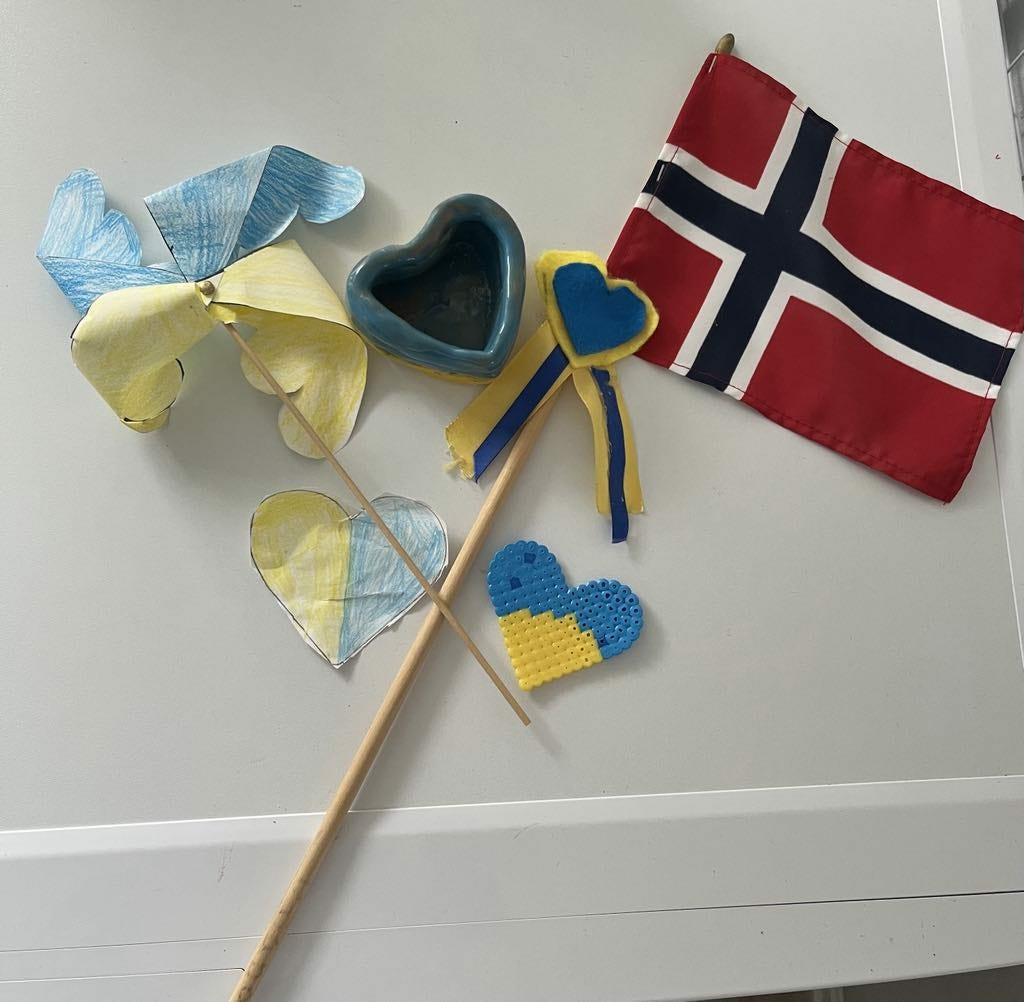
For a child, art is not just a creative outlet; it's also a way to organize their inner world. In moments of anxiety when one doesn't understand what is happening, drawing adds structure, said the psychologist Hryvchuk.
A drawing turns scattered feelings into a story – something a child can see, touch, and explain. This helps ease anxiety by giving shape to what’s inside.
Just as important is an attentive adult. By noticing and asking about a child’s drawings, parents can better understand their emotions and open space for conversation.
They feel that the most important thing is to make a child feel that the world still has colors and is not destroyed.
NEWS OF THE DAY:
RUSSIAN TROOPS TO TRANSNISTRIA TO SPOIL MOLDOVA ELECTIONS: Russia plans to send an additional 10,000 troops to pro-Kremlin Transnistria to sabotage Moldova’s parliamentary election, the Financial Times reported.
“They want to consolidate their military presence in the Transnistrian region,” said Dorin Recean, Moldova’s PM. Such efforts to establish a military presence on the other side of Ukraine’s borders include online propaganda and illegal payments to voters.
Moscow has already tried to put a pro-Russian government during elections in Romania – a NATO member – to interfere in the EU’s support for Ukraine. As Ukraine refuses Russian demands for non-alignment, the Kremlin is trying to stand between Ukraine and NATO.
TRUMP DELAYS RUSSIA SANCTION BILL AFTER PUTIN CALL: Trump urged the Senate to delay voting on a bill proposing 500 percent tariffs on imports from countries that continue to purchase Russian oil, said GOP Sen. Roger Wicker.
That happened following a phone call between Trump and Putin, in which the Russian dictator warned he would seek retribution after Kyiv’s massive ‘Spiderweb’ operation.
The bill is currently backed by 82 out of 100 senators and has been seen as a major escalation in economic pressure on Russia, signaling U.S. resolve.
SHADOW FLEET FAILS TO BOOST RUSSIA’S DECLINING ECONOMY: More and more industries in Russia are slowing, causing concern among authorities that ‘controlled cooling’ may spiral into deeper stagnation, the Moscow Times reported.
Maxim Reshetnikov, Economic Development Minister, warned that the trend is no longer isolated, with heavy vehicles sales halved and domestic machinery output down 14% in early 2025.
This comes despite the Kremlin’s continued use of its so-called ‘shadow fleet’ to circumvent Western oil sanctions and keep revenues flowing.
But the effort is failing to stabilize the broader economy. With high interest rates curbing lending, ministers are pressing the Central Bank to cut rates and expand stimulus.
CAT OF CONFLICT:
Today’s cat of conflict is a cat Veronika saw next to her dorm. He was very glad to be petted.
Stay safe out there.
Best,
Veronika



